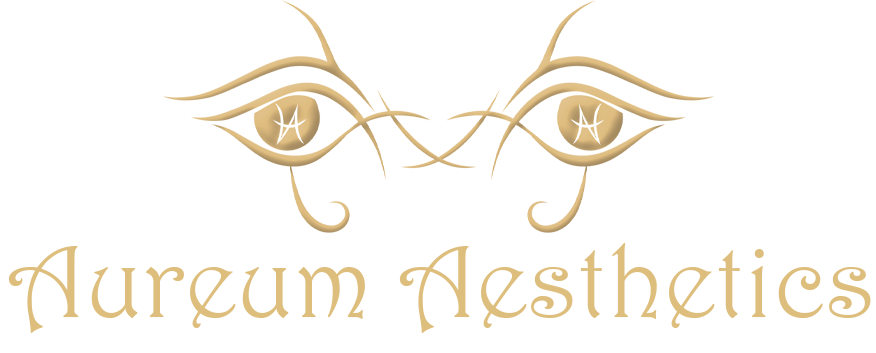Eyelid surgery Blepharoplasty
Blepharoplasty (eyelid surgery) is a general term referring to surgery on the eyelids. It is commonly performed on the upper and lower eyelids to improve the appearance of the eyes. With age, people can develop loose skin of the upper eyelid which may hang over or even obscure the eyelid crease. There may also be bulging of the fat that surrounds the eye, making the eyes look “puffy” or tired.
Who is a Good Candidate for Eyelid Surgery?
- The best candidates are generally healthy people with realistic expectations of surgery. Patients with symptomatic dry eye and patients who had recent vision surgeries are not good candidates. However, if the eye conditions are well controlled, surgery can be performed safely.
How is the Surgery Performed?
- Both Upper and lower eyelid surgeries can be performed in the office under local anesthesia or with sedation in the operation room. Surgical plan is tailored to individual patient base on their goals and pre-operative physical exam.
- Upper eyelid surgery is often performed through a cut along the upper eyelid fold to conceal the scar post-operatively. Bulging fat can be reduced.
- Lower eyelid surgery is often performed through the conjunctiva or along the lash line. Bulging fat can be repositioned and/or reduced to achieve a smoother transition between the lower eyelid and the upper cheek. Excess skin can be excised as well. If there is mild to moderate laxity of the lower eyelid or if there is lack of bony support, Canthopexy (lower eyelid lift or “cat eye” lift) may be necessary. However, if the lower eyelid is significantly loose with obvious sclera (the white part of the eye) showing under the pupil), Canthoplasty (reconstruction of the lower eye lid support) can be performed at the same time to treat or prevent ectropion (lower eyelid turn outward).
What is the Recovery?
- Downtime associated with eyelid surgery is approximately one week. You should expect some bruising and swelling around the eye. Some patients also experience tearing in the initial 1-2 weeks after surgery. Pain is not commonly associated with eyelid surgery and the surgeon should be notified.
Asian blepharoplasty, also known as double eyelid surgery, is a specialized procedure to create a crease, or upper eyelid fold, in the upper eyelid of someone who either doesn’t have eyelid crease or poorly defined crease.
What are the different methods to create the double eyelid?
- Depending on the patients, their skin thickness, muscle thickness, and periorbital fat, double eyelid can be created with suture alone, small incision, or full incision methods. Patients who desire a more open inner corner of the eye may benefit from medial epicanthoplasty (reshaping of inner corner of the eye).
Blepharoptosis (drooping of the upper eyelid), or ptosis for short, can be encountered during eyelid surgery evaluation and need to be addressed during surgery to achieve optimal result. Ptosis can be congenital (patient was born with it) or acquired (condition developed overtime) and treatment often depends on the severity of ptosis and the function of the levator muscle (eyelid lifting muscle).
Blepharoptosis repair can be performed through cut on the conjunctiva (the inside lining of the eyelid) which leaves no external scar. if there is no redundant eyelid skin. If skin excision is needed, ptosis repair can be performed through the upper eyelid crease incision. Additional eyebrow incision maybe needed if the levator (eyelid lifting muscle) is weak or non-functional.


